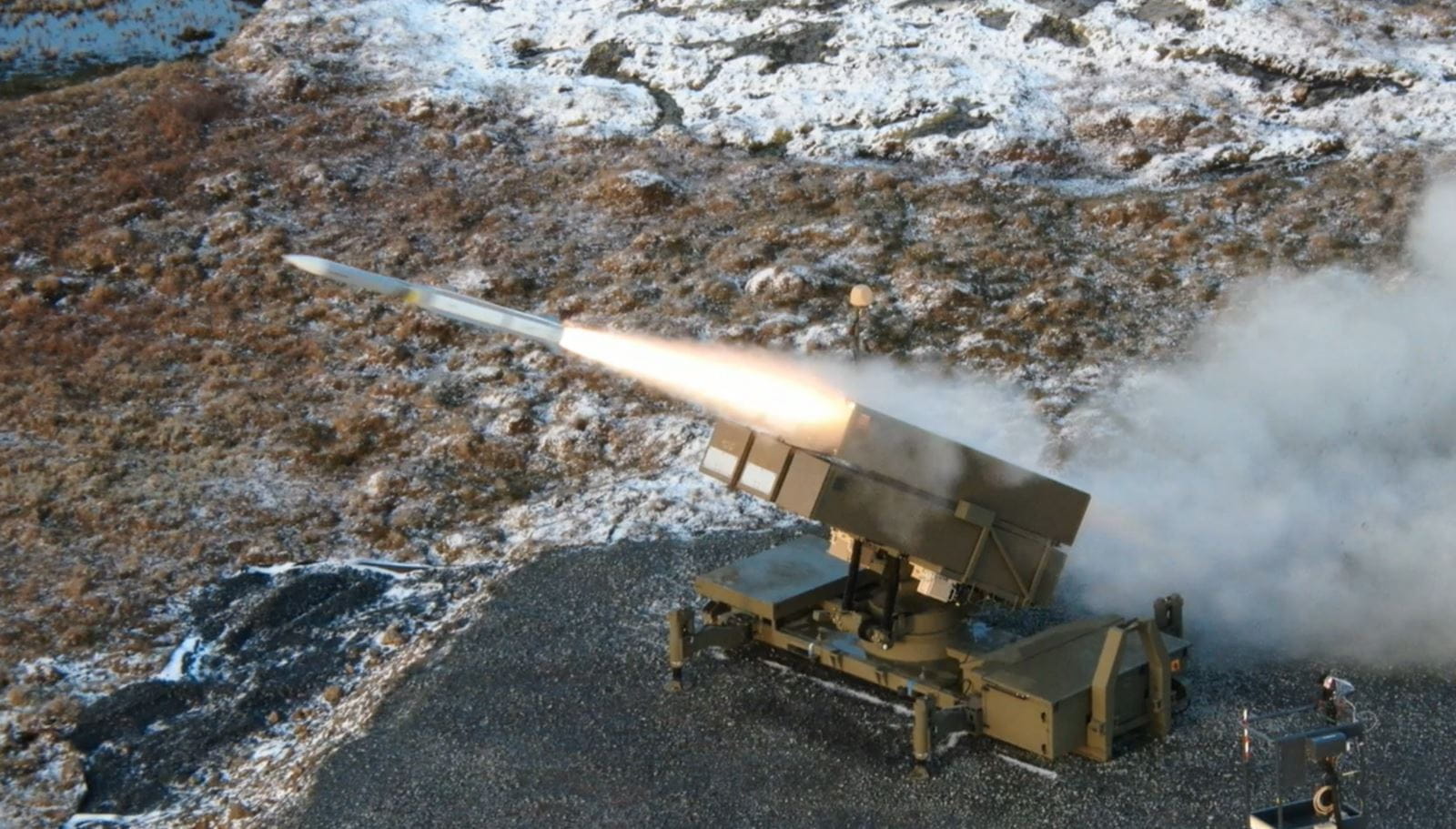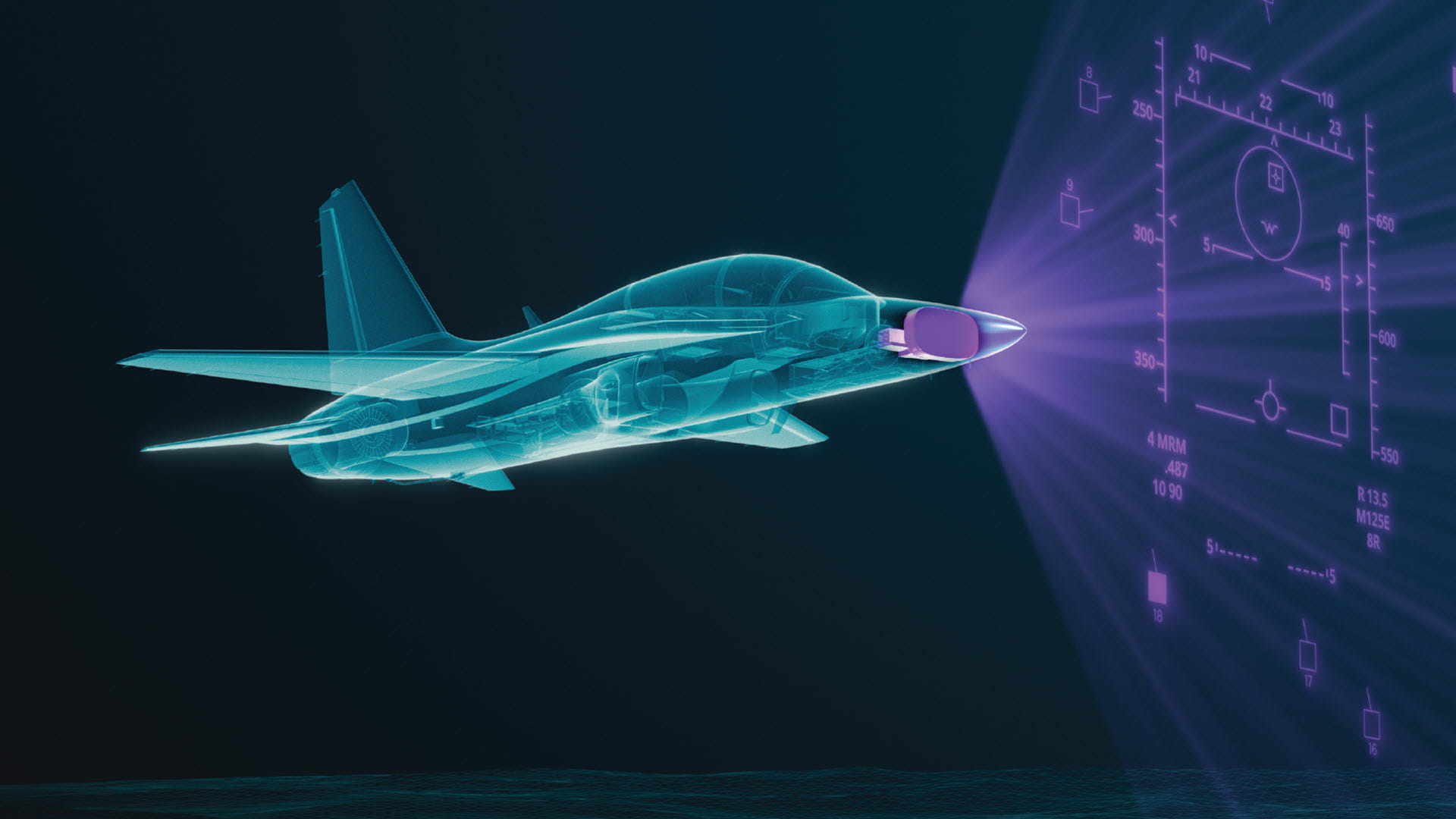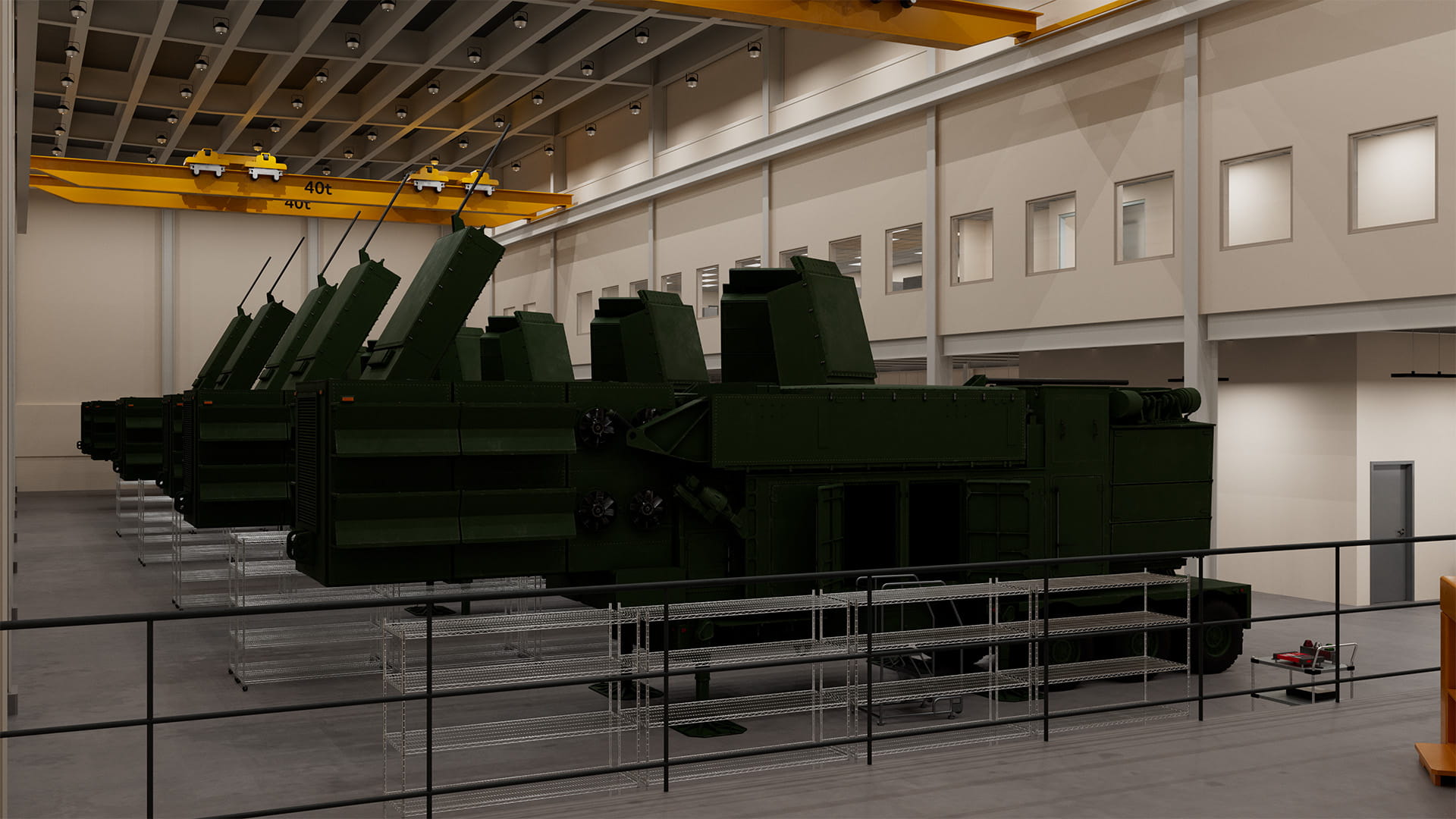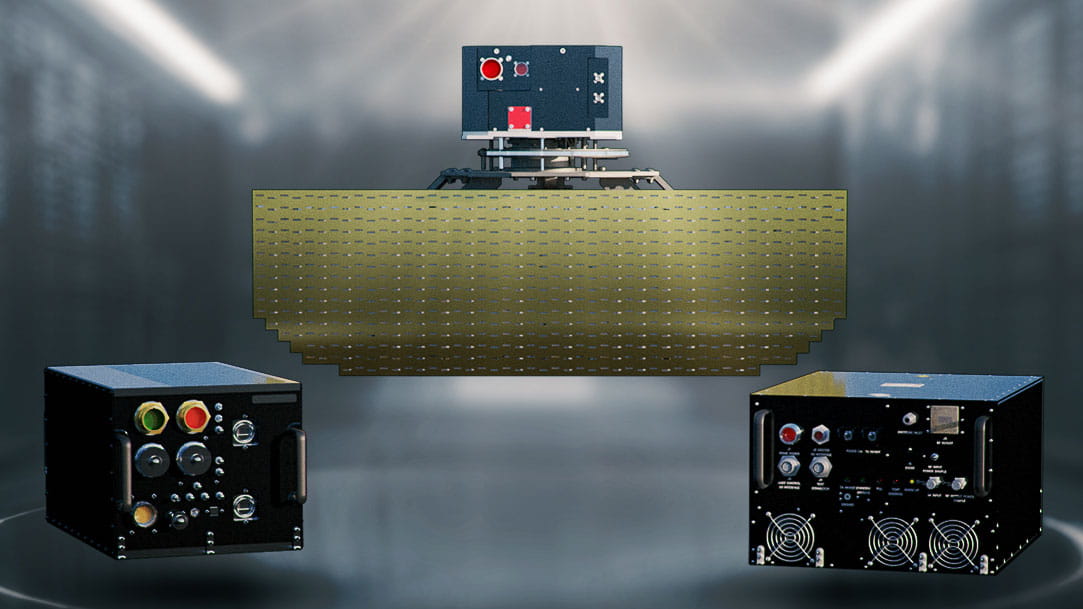With a new team, Raytheon strengthens its push into sustainment
The Aftermarket Sustainment & Services team will seek maintenance work early in product development
Joe DeAntona has seen sustainment from two sides of the defense industry.
For 30 years, he served in the U.S. Army, working in air defense artillery and seeing firsthand the need to keep the Patriot air and missile defense system and AN/TPY-2 up and running.
When he left the Army and joined Raytheon in 2014, DeAntona brought ideas on how his new employer could do sustainment faster, more cost-effectively and closer to where products are deployed.
“The challenge in the global market is that sustainment and procurement are two different products,” said DeAntona, who is the vice president of requirements and capabilities of Land & Air Defense Systems at Raytheon, an RTX business. “Customer budget for capability acquisition is different than customer budget for sustainment.”
Now, Raytheon is launching its Aftermarket Sustainment & Services team – a group focused specifically on how the business captures and manages the aftermarket segment. The approach reflects the sustainment model from RTX’s commercial aviation businesses.
“Operations and maintenance are a big market to capture,” said Kevin McCarthy, associate director of sales business development of Land & Air Defense Systems at Raytheon. “Our job is to add value.”
Service through sustainment
Raytheon's new Aftermarket Sustainment & Services team reflects an approach taken by RTX's commercial aerospace businesses. The team's goals include:
Acquiring new business:
Maintaining trust with partners:
Adding value to business:
Raytheon does sustainment – but historically on a product-by-product basis. The new team aims to make it an early part of the product development and acquisition process.
While sustainment contracts are generally smaller than the multibillion-dollar awards that move markets and make headlines, they do provide steady revenue in the long term. Keeping RTX’s products consistently sold and out in the field makes sustaining them a growing factor in customer retention and satisfaction.
“Sustainment is not sexy, but it is so important,” DeAntona said. “It is the biggest discriminator on the battlefield. The force that stays on the battlefield will win.”
One such product that has benefitted from localized sustainment has been NASAMS, or the National Advanced Surface-to-Air Missile System, a medium-range air-defense system codeveloped by Raytheon and Norwegian company Kongsberg Defence & Aerospace.
“The feedback has been very positive,” DeAntona said.
Currently in use in the war in Ukraine, NASAMS allowed the team to show the new aftermarket sustainment efforts are worth exploring and critical to the system’s readiness, said Tony Walters, the director of sales and business development for Land & Air Defense Systems at Raytheon.
In one example, Walters said, the Raytheon Medium Range Air Defense, or MRAD, team supports NASAMS in Ukraine by providing tele-maintenance support and assisting with the distribution of fully mission capable spares to the point of need.
Standing the team up completely “will take some time,” DeAntona said, “but we are well past the proposal stage and into the ‘let’s get this done’ phase.”
The potential to increase revenue streams, customer satisfaction and improve probability of winning future pursuits is there for the taking, McCarthy said.
“If a platform has our tech on it, it’s an interest for us,” he said.
“Sustainment is not sexy, but it is so important. It is the biggest discriminator on the battlefield. The force that stays on the battlefield will win.”
Joe DeAntona | Vice President of Requirements and Capabilities of Land & Air Defense Systems | Raytheon




